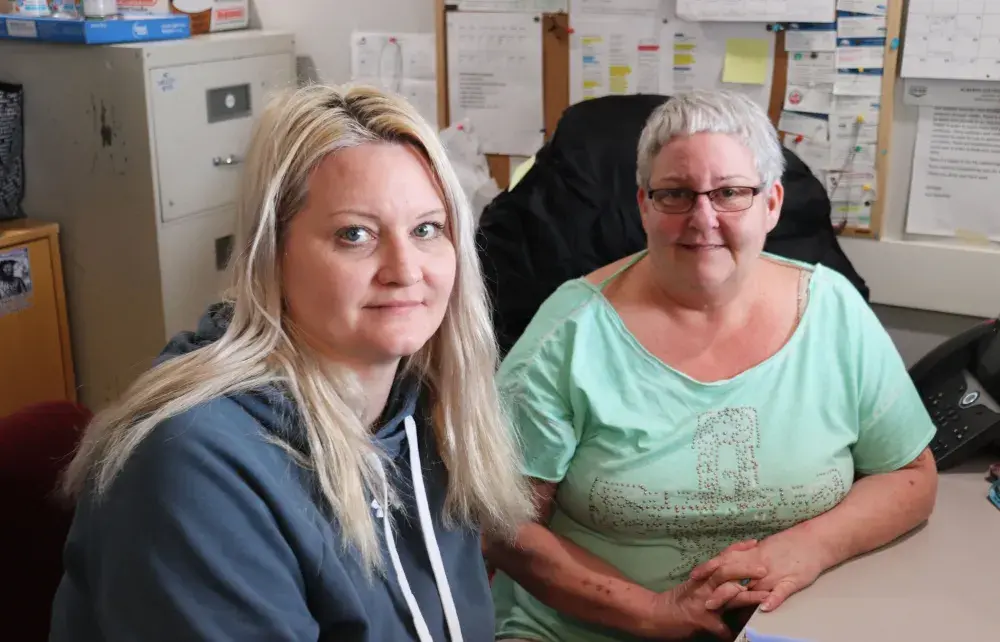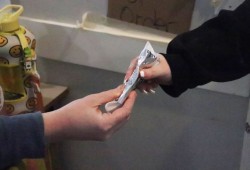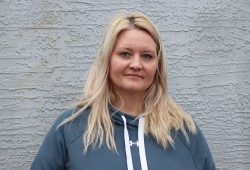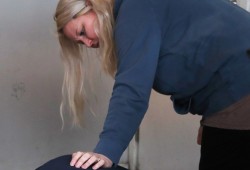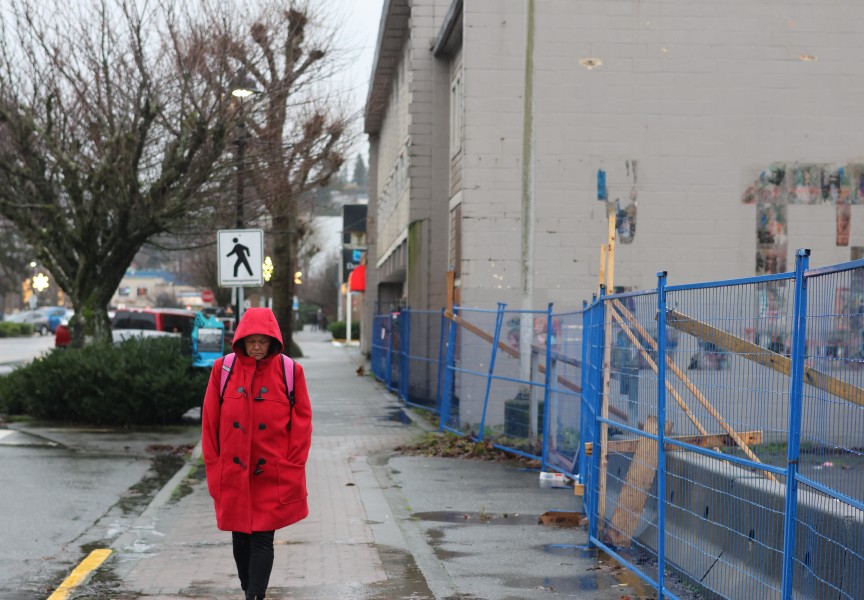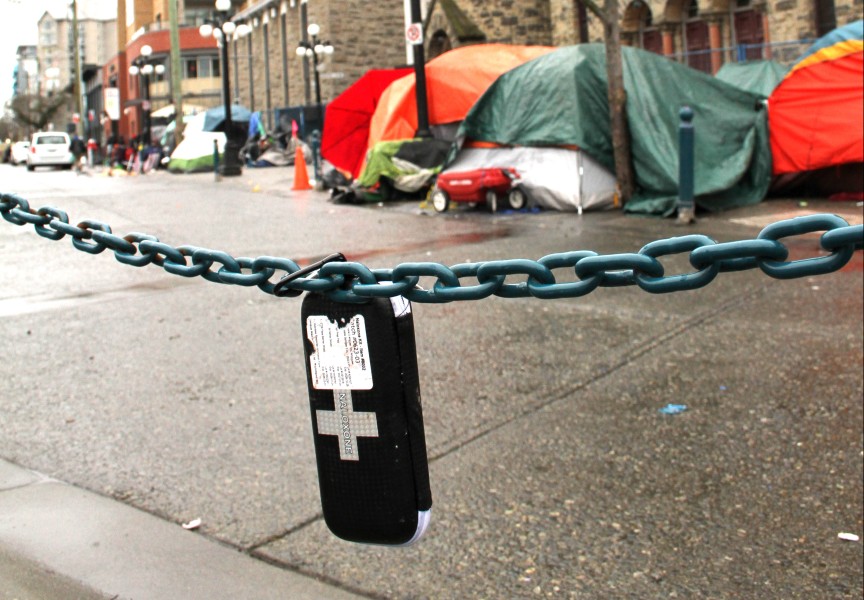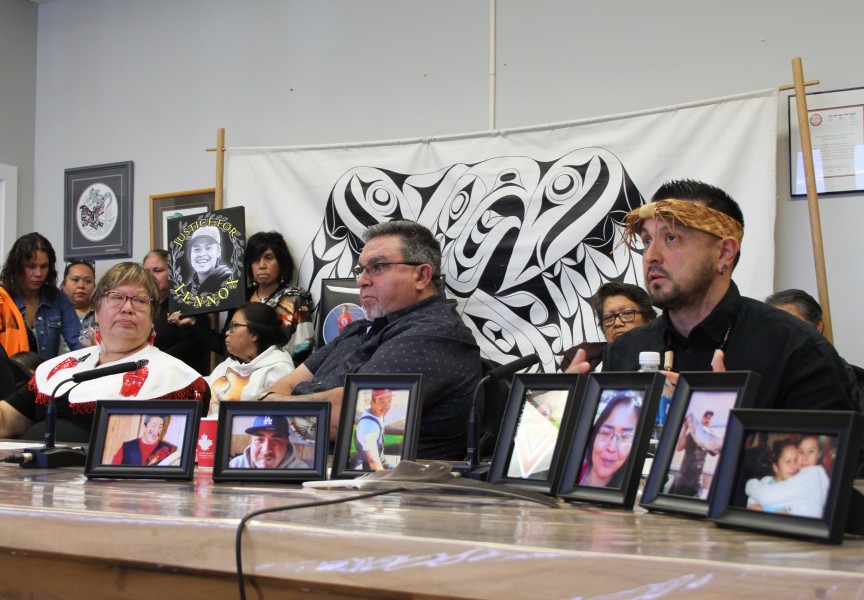Gail Gus, a front line worker for Tseshaht First Nation, goes on her route three nights a week handing out naloxone kits and supporting people who use drugs in Port Alberni. Her work as a front line worker extends from crisis into wellness, serving community members beyond Port Alberni and even out of the province.
“When I first started over three years ago, I just went to two places where I could visually see somebody,” said Gus. “Now I kind of know where our people are and where they hunker down and where their friends are.”
Gus is often contacted by community members who ask her to check on their family or friends while she does her route.
“It's a job that isn't just nine to five,” said Gus. “I'm busy all the time, and I'm busy doing good things, fun things, and hard things.”
As a Tseshaht member, Gus shares that she has a vested interest in the work that she does because she knows “every single person on the street.”
“If they’re Tseshaht, they’re either related to me or they’re close to me because I’ve worked with them for so many years - or I know their families and how much they love them and I also know why they’re there,” said Gus. “It’s all unresolved trauma.”
Gus’s dream is for Port Alberni to have the services it needs with an overdose prevention site open 24 hours, a detox centre with a stability unit and access to immediate assistance when they are needed.
“We don't have the facilities for people, we don't have the appropriate detox facilities or rehabilitation places,” said Robyn Hesby, a front line support worker at Port Alberni’s overdose prevention site. “Coming out of rehab isn't just a 60-day program, it's very, very long term, it takes a long time to relive your life again.”
“It's just like in any type of a disease, addiction, especially, it needs aftercare,” said Hesby, noting that there aren’t places or programs in the valley to take care of an individual throughout their sobriety.
In late January, led by Tseshaht First Nation in partnership with Port Alberni’s Community Action Team and Kuu-us Crisis Line Society, they presented a plan to address the toxic drug crisis in the Alberni Valley.
With input gathered from community members and organizations, the strategy outlines four pillars: people, places, programs, and prevention, which includes establishing a timely and barrier-free detox and treatment facility in Port Alberni.
According to the B.C. coroner's report, 2023 saw the highest number of fatalities due to the toxic drug crisis, reaching 2,511 deaths due to unregulated drugs, with the Alberni-Clayoquot holding some of the highest death rates in the province.
For Gus, who’s been a front line worker in the region for nearly 25 years, the drug crisis is at a whole different level than when she first started.
“This is a whole different ball game, fentanyl has really changed things up,” said Gus. “Nobody could ever think down the road that fentanyl was coming.”
Hesby doesn’t remember weeks having gone by without waking up to find another person has passed from unregulated and toxic drugs.
“It's been every week,” said Hesby. “I feel every single death.”
“Our clients are people that we see everyday, they become people that we really, we care about,” said Hesby. “When people are dying… it just weighs heavy on a person.”
Port Alberni’s overdose prevention site at 3699 3rd Avenue serves roughly 200-300 people daily, shared Hesby. Open from 8 a.m. to 8 p.m., the site provides a safe place to use drugs under the supervision of trained staff to reduce overdose deaths.
“We're kind of like the moms here,” said Hesby.
For outreach workers 90 per cent of their work is relationship building with clients, shared Hesby.
“It's those relationships and those bonds that you make that can get you in the door to having somebody actually address their unresolved trauma,” said Gus. “If you let them know that there's a reason to live, and that they are an important human being in this world… they will find the love in themselves.”
Hesby shared that she gets to know them “as human beings should be known and not just as drug addicts or people that are in addiction.”
In building relationships, they can establish trust which helps bridge gaps to mental health and addiction services, explained Hesby.
“We don’t treat people in a clinical way, we don’t treat them as a patient,” said Hesby. “With the length of time that each of us has been here, we all know them and know personally their needs and their wants.”
Although it doesn’t happen nearly enough, it's fulfilling for Hesby to see the big moments when clients want to change their lives and are set up for detox and recovery.
Another inspiration is when somebody tells her that they’ve been sober for a year.
“But it’s just not nearly enough,” said Hesby, noting that addictions have a strong grip on people. “If they go into rehab…there’s nothing set up for clean living and sober living that will suit their needs.”
“You have to find small things fulfilling in our line of work because you don't get the larger things often,” she added.
She notes that small fulfilling moments throughout the day are when clients come in to chat with her, share that it's their birthday, or even give her a high five.
Similarly, Gus wished she had time to visit those who have “gotten clean” but she’s busy doing frontline work.
“It's not the drugs that burn you out, it's not the job itself, it's always the bureaucracy,” said Gus.
She finds it frustrating that some people can’t see what the community needs are, who say, ‘Why do you bother going out there?’ and ‘We don’t need safe injection sites’.
“I think that stigma and that idea of harm reduction just being an enabling factor really needs to go away,” said Hesby. “People need to become educated.”
“If there’s one person that stops using drugs and finds a reason to live another day and can clean themselves up to be there for themselves all over again,” shared Gus, “it’s worth it, it’s so worth it.”

